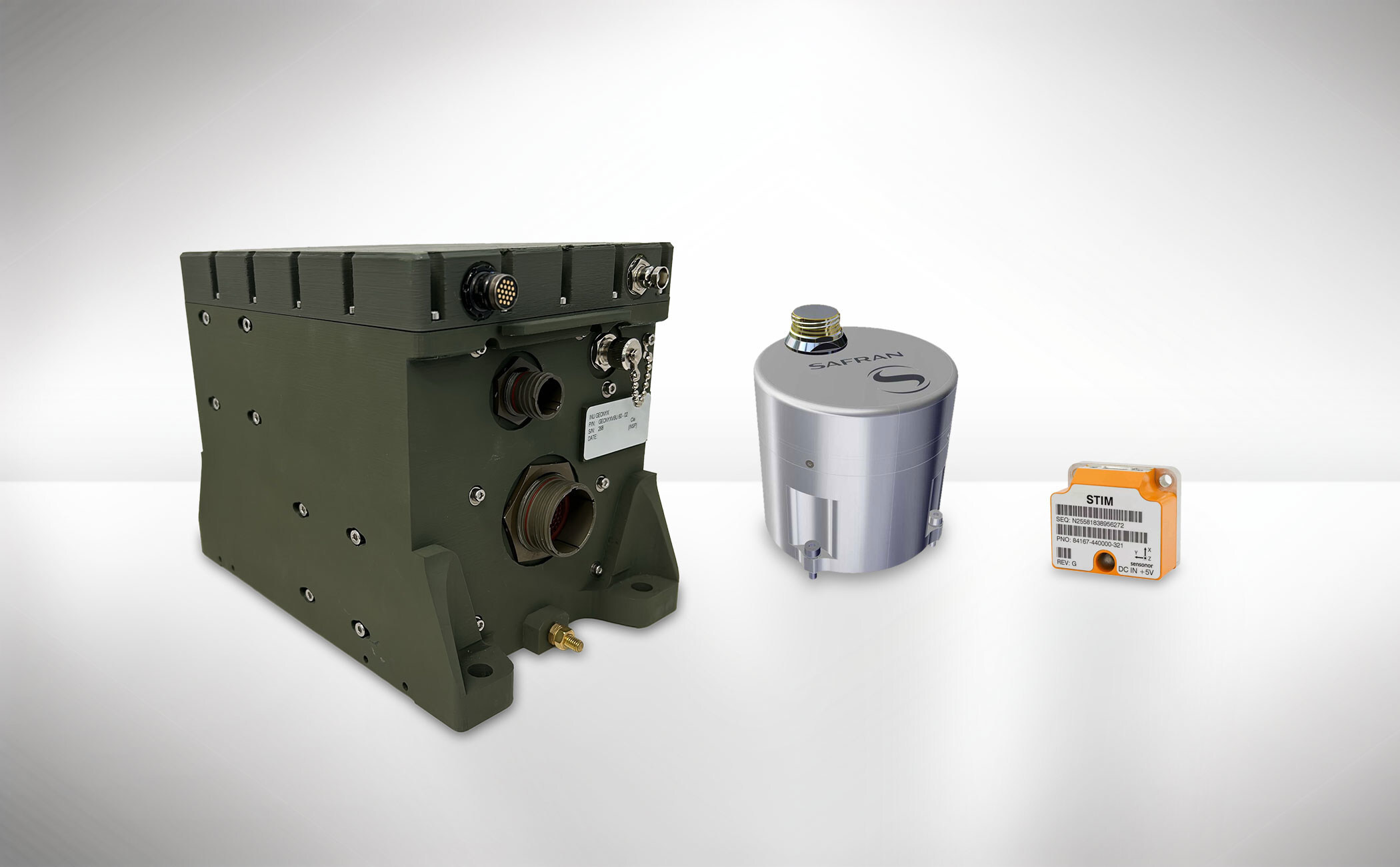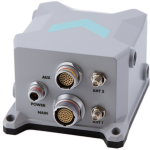Safran Federal Systems recently launched two new IMUs that leverage advanced Micro Electro Mechanical Systems (MEMS) and core Hemispherical Resonator Gyro (HRG) technology: Iconyx and the Small Tactical IMU (STIM).
The tactical grade IMUs are designed to bring high performance to unmanned applications and space-based operations. The team unveiled the new products at ION’s Joint Navigation Conference (JNC) in Kentucky earlier this month. They also announced that Geonyx, Safran’s HRG based inertial navigation system (INS), now features anti-spoofing M-Code capability.
Jon Leombrone, executive vice president of navigation systems, described the HRG Crystal these solutions are based on as the next generation of gyro technology. HRG offers a lower size, weight and power (SWAP) capability than traditional options like fiber optic gyros (FOGs) and ring laser gyros (RLGs). Unlike these solutions, HRG boxes don’t need to increase in size to achieve better performance, something that always surprises potential customers as they’re introduced to the technology.
“This technology [HRG] always stays the same size,” Leombrone said. “The SWAP is part of the value proposition… and we were the first to invest in this manufacturing capability.”
The technologies
STIM is a high-end MEMS gyro optimized for applications requiring low SWAP, providing high performance and resiliency in a compact form factor, while the Iconyx IMU combines three HRG Crystals and three closed loop MEMS accelerometers in a compact package. The tactical grade IMU can be used for guidance and control applications.
Adding M-Code to the company’s Geonyx HRG based INS creates a tightly integrated solution designed to ensure reliable navigation for warfighters even in the harshest, GPS denied environments.
“These boxes fuse different inputs, so whatever source gets the best position is input into the navigation solution,” Leombrone said. “If the GPS gets jammed, it navigates off the inertial that isn’t reliant on the signal. If GPS comes back, it goes back to GPS. It’s constantly monitoring to ensure the right position.”
Unmanned systems and guided munitions are among the various applications that can benefit from HRG technology, Leombrone said, which allows warfighters to achieve the higher performance they require but at a lower SWAP than traditional options. And HRG is already a proven, tested solution, with more than 30,000 HRGs produced worldwide and more than15 million operational hours in military applications, according to the company website.
“This high performance, low SWAP, high reliability technology is disruptive,” Leombrone said, “but needed for the next fight in GPS denied environments.”






